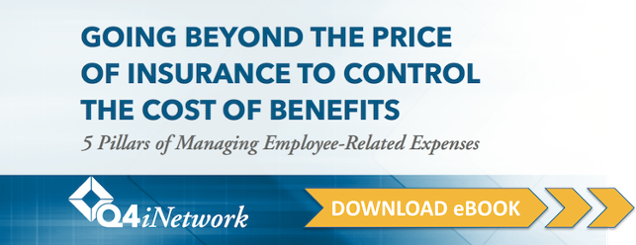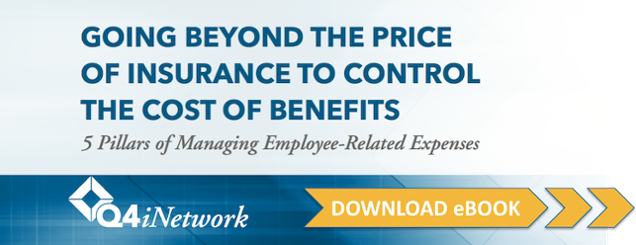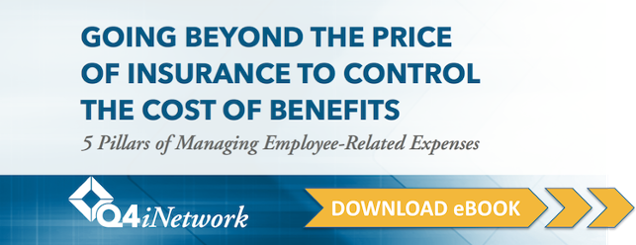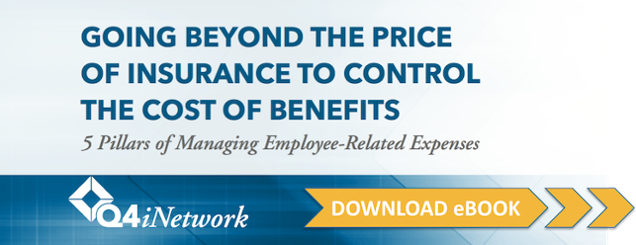Employers say they want their employees to be engaged. But engaged to what?
Does your team understand where you want to take them and what your ultimate goes are? Can they feel your excitement? Can they see your vision?
Engagement is a two way street. In order to create an environment full of actively engaged employees, you have to give them a reason to care. And that means tying the vision of the company to the employee experience.
Seeing is believing
Your leadership team may have the most amazing mission, vision, purpose, and values in the universe. But if nobody knows about these things, they may as well not exist. Because they aren’t inspiring anyone.
For your business to be at its best, everyone in it should be able to see and understand what drives the company and where it’s going, as well as how and where they fit into the big picture.
Unfortunately, organizations or leaders often have no real idea of what that vision is, much less how to communicate it. Or connect it back to employee roles and performance. To make this happen, you need to do some soul searching. And some homework.
Start by asking and answering the following questions:
- What is important in our organization?
- Where are we heading?
- What are we trying to accomplish?
- What results are needed to hit our goals?
- What resources and actions are required to achieve our objectives?
- How can we tie each of these things back to every person on the team?
Only after you’ve created a vivid picture of your company vision can you make it come to life for your employees.
Start by understanding the goals of the organization. This is what drives the subsequent objectives and tasks your employees perform. Goals tend to focus on profitability, employee satisfaction, client satisfaction, and/or growth. An example here could be for the company to create a minimum of 20 percent annual, organic growth.
Once you have your goals set, you can define your specific objectives. These are the results you want your employees to achieve. They are based on the goals of the company, and will involve specific tasks. Tasks are the daily activities for which an employee is responsible, and are usually included in the job description.
The key is to connect the dots with all of these things and tie them back to the organizational vision— and your employees.
Communicating your way to success
Now that you’ve done all of this work, it’s time to incorporate it into your employee communication and processes.
For leaders, managers, and supervisors, this means sharing the overall vision with everyone in the organization. And this isn’t a one-and-done event. Your vision needs to be constantly communicated and reinforced.
One key way to do this is by having a weekly or monthly one-on-one meetings with each of your reports. If you’re communicating regularly, these check-ins should last no more than 10 or 15 minutes. The purpose isn’t for an all-out performance review, but rather to review progress, challenges, and feedback for the last week or month.
As a supervisor and a steward of the company vision, it’s your responsibility to constantly communicate the vision and provide guidance on what employees can and should be doing to help make it a reality. You’ll also want to recognize individuals for what they have already accomplished, and problem solve to reduce any barriers that may be holding them back.
If you’re not currently doing this, having regular one-on-one meetings may sound daunting. But these sessions are key to connecting and engaging with your employees, and your time investment will reap rewards at year-end, when the annual evaluation becomes simply one more review session. Because you’ve been continuously monitoring, reviewing, and adjusting performance metrics and processes throughout the year, there should be no surprises for anyone here.
Have you shared your vision lately?
If you want your employees to be connected to you, you need to connect with them. You’ve got to give them some reasons to get excited, to care, and to want to do their best.
Yes, it takes time. But with a little planning and a lot of communication, you can make it happen. And you’ll all be happier for it.
Photo by crazymedia
![]()











